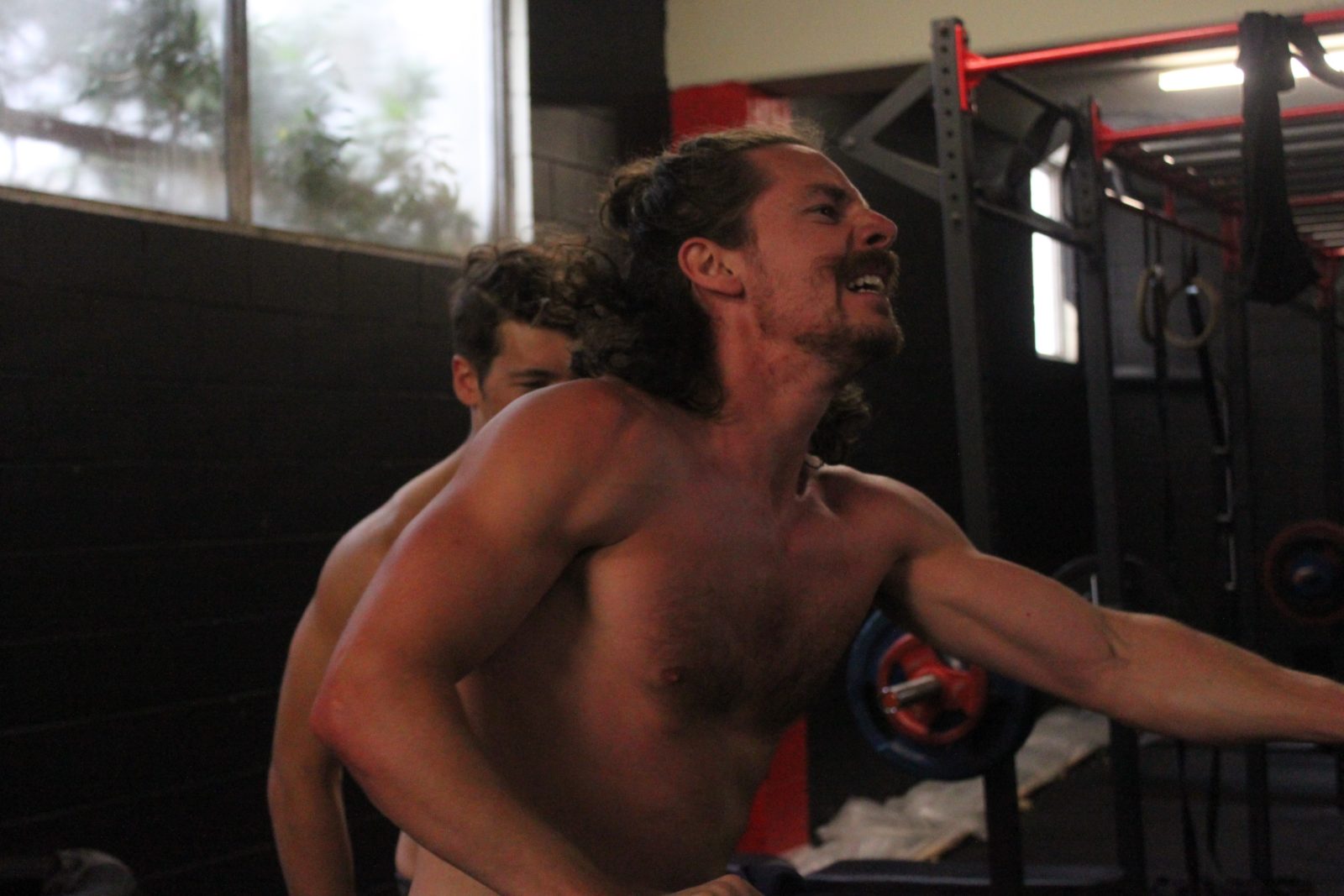Fatigueability in running is generally recognised through soreness in calves, knees and hips at certain points in time during the gait cycle. However as discussed previously what if the fatigue of other muscles and areas in your body lead to pain at sites higher up the biomechanical chain.
What we are uncovering is endurance strength or the ability of muscles to withstand fatigue and be proficient over periods of stress and to create efficient skilled runners.
A study in 2006 by Coventry et al induced that fatigue in muscles in the foot or calf altered the shock attenuation and redistributed load to more proximal body parts. To put simply when the foot and associated muscles were not working efficiently the forces were transmitted higher up to the knees and hips creating more allostatic stress over time creating PAIN at those sites. This is nothing new to us and is known simply as COMPENSATION. However for runners that are experiencing pain part way through a run, fatigue of tissues closer to the foot and ankle may provide a key to unlock this ongoing pattern.
Poor endurance over time in small controlled muscles leads to larger recruitment of bigger global muscles which dramatically alter the movement patterns.
Think of it like this:
When we write we use small hand muscles which have a large cortical representation in the brain. Over time for instance sake if these muscles fatigue, we lock out the elbow and use just purely our shoulder muscles to write our handwriting becomes far messier. This is due to the smaller cortical representation of these global muscles but also they are not primarily supposed to perform this delicate function of handwriting.
Same goes with running. If our plantarflexors (gastrocs, soleus, flexor hallucis complex etc) become fatigued quickly we transfer load higher up the kinetic chain causing pain and compensations elsewhere.
So just like we learnt how to write and develop that SKILL we must also learn how to properly RUN in order to avoid fatigueability and alterations higher up the biomechanical tree.
MOBILISE – STABILISE – OPTIMISE
